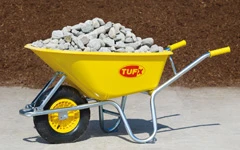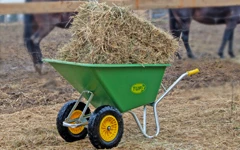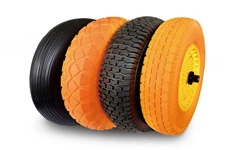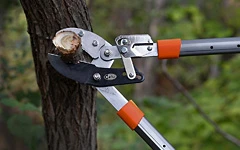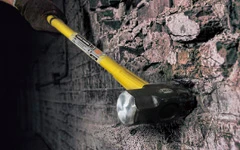The historical development of the contractor wheelbarrow and agricultural wheelbarrow reflects the combination of engineering technology and agricultural/construction needs, and its evolution spans multiple civilizations and eras. Let's take a look at the key development stages and background of the construction wheelbarrow and agricultural wheelbarrow.
1. Ancient Origin (4th century BC-2nd century AD)
Han Dynasty in China (about 1st century BC-2nd century AD)
The earliest records can be found in Han Dynasty murals and documents (such as "Three Kingdoms" mentions one of the prototypes of "wooden ox and flowing horse" improved by Zhuge Liang).
Design features: single wheel, wooden structure, used to transport military rations or building materials (English called "Wooden One Wheel Cart").
There was no similar tool in Europe at the same time, relying on two wheeled carts or manpower.
Ancient Greece and Rome
Used two wheeled carts (Plaustrum), no single wheel design, because they relied on animal power to transport bulk goods.
2. Medieval Europe (12-15th century)
First introduced to Europe (around the 12th century)
Introduced through the Silk Road or Arab merchants, the earliest record appeared in the construction logs of English monasteries (called "Barrow" in English).
Use: Transporting stones and mortar in church/castle construction.
Improvement: Adding iron rims to enhance durability.
Documentary evidence
The 13th century French manuscript "Villard de Honnecourt’s Sketchbook" depicts a single wheeled cart used in construction.
3. Industrial Revolution (18th-19th centuries)
Material innovation
Wooden wheels were replaced by cast iron wheels (Cast Iron Wheel), and bearing (Axle) technology was improved to reduce friction.
In the 19th century, galvanized steel bodies (Galvanized Steel Tray) appeared, which were rustproof and lightweight.
Popularization of agriculture
Widely used for farm fertilizer (Manure) transportation during the British Agricultural Revolution, the capacity increased to 46 cubic feet.
4. Modern Development (20th century to present)
Design Diversification
Household type: Polyethylene Tray, weight <10 kg.
Engineering type: Two wheel construction wheelbarrow and agricultural wheelbarrow, load up to 500 lbs (used on construction sites).
Technological Innovation
Pneumatic Tire (popularized in the 1920s) shock absorption;
Electric construction wheelbarrow and agricultural wheelbarrow (21st century) for slope transportation.
Key Historical Controversy
European Independent Invention Theory: A few scholars believe that medieval Europe may have independently invented the unicycle, but there is a lack of archaeological evidence to support this.
China Priority Theory: The international mainstream recognizes China as the earliest origin (the British Museum has a Han Dynasty pottery figurine holding a cart model).

